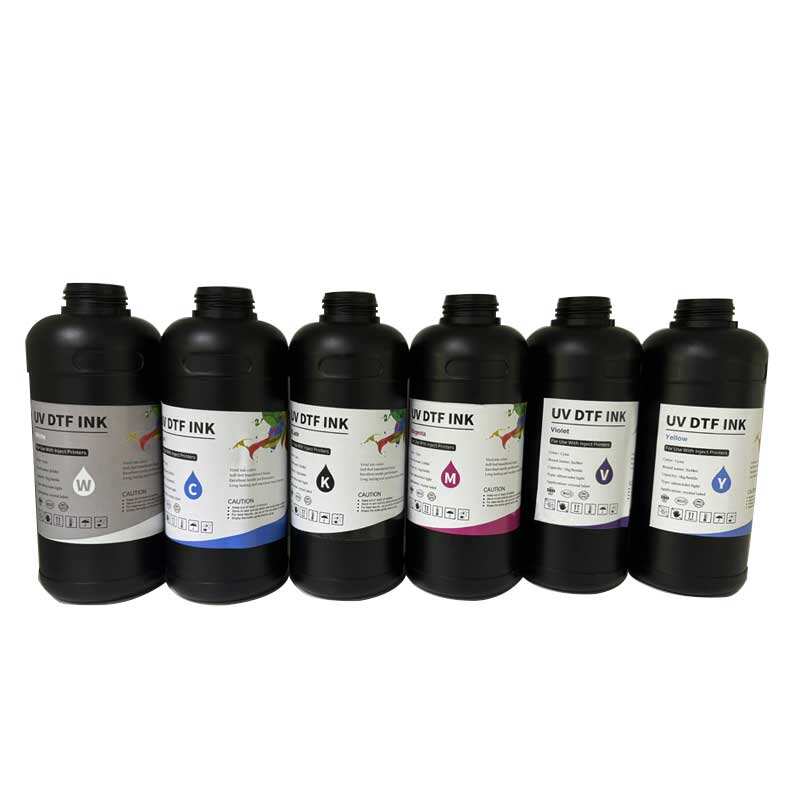silk screen stretcher
A silk screen stretcher is an essential piece of equipment in the screen printing industry, designed to ensure precise tension and alignment of mesh materials. This mechanical device efficiently stretches silk screen mesh to achieve optimal tension levels required for high-quality printing results. The stretcher features adjustable clamps positioned along its frame, allowing for uniform tension distribution across the entire screen surface. Modern silk screen stretchers incorporate pneumatic or mechanical systems that provide consistent pressure control, enabling operators to achieve precise tension measurements using integrated tension meters. The equipment can accommodate various frame sizes and mesh types, making it versatile for different printing applications. Advanced models often include digital controls for precise tension settings and memory functions to store frequently used parameters. The stretching process is crucial for preventing mesh distortion and ensuring accurate image reproduction during printing. Industrial-grade stretchers are built with durable materials like stainless steel and aluminum, offering long-term reliability and resistance to wear. The technology behind these machines has evolved to include features such as quick-release mechanisms, automated tensioning sequences, and compatibility with both wooden and metal frames. This equipment is fundamental in preparing screens for various applications, including textile printing, electronics manufacturing, and artistic productions.


